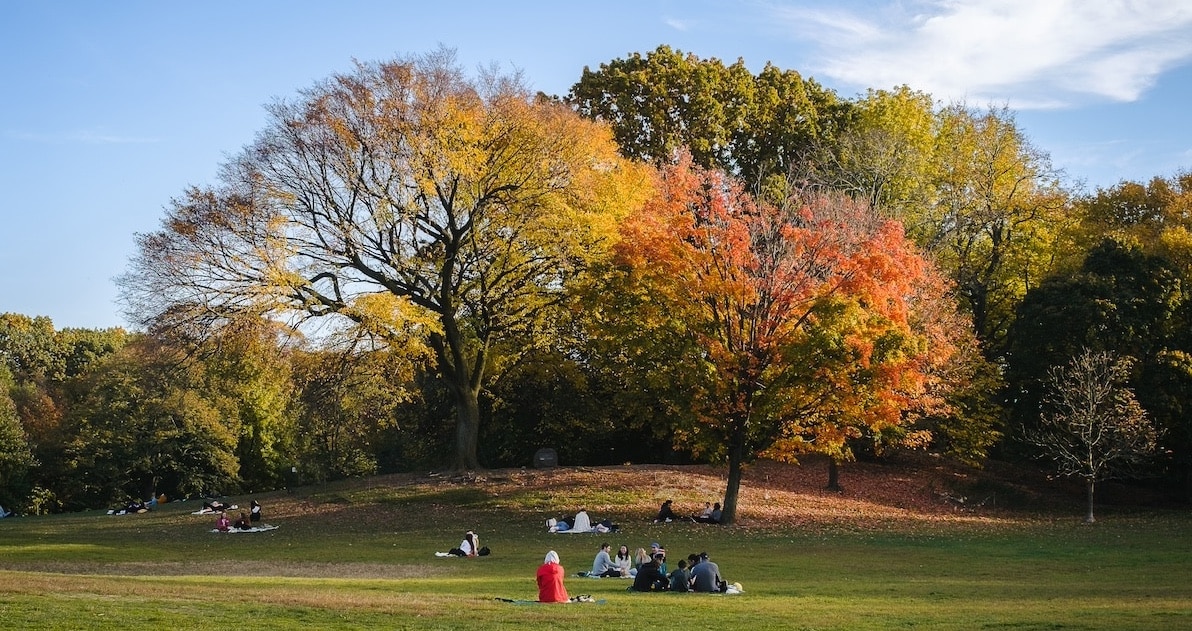Alliance Transforms Historic Wellhouse into First Composting Toilets in a NYC Park
March 31, 2018
Good news for history lovers…or anyone just trying to find a bathroom. Prospect Park Alliance has restored the Wellhouse, the last remaining building in Prospect Park by Park designers Olmsted and Vaux, into a comfort station with composting toilets—a first for any New York City park.
“It’s a beautiful little building, and it dates back to the time of Olmsted and Vaux in 1869. It’s the only building still remaining from the original park design,” said Christian Zimmerman, Vice President of Capital and Landscape Management at Prospect Park Alliance.
The original purpose of the structure, located by the lake at the base of Lookout Hill, was to pump water to feed the Park’s waterways—its pools, waterfalls and of course the Prospect Park Lake. At the time of creation, it was considered a great technological achievement—an underground viewing platform was created so that Park visitors could see the machinery at work. In the early 20th century, however, the Park was connected to the City water supply, and the Wellhouse became obsolete. Learn more about the history of the Wellhouse on a Turnstile Tour of Prospect Park.
Now, after decades of disuse, the building has being given new life and new purpose by Prospect Park Alliance.
“It is the first time the building has been open to the public in 80 years—it’s pretty exciting,” said Alden Maddry, Senior Architect with the Alliance, on a recent tour of the building. Composting toilets only use 3 to 6 ounces of water per flush—97% less water than a conventional toilet. In addition, the project features a greywater garden, which uses water collected from hand sinks, janitor sinks and floor drains to irrigate the landscape.
“The project will save about 250,000 gallons of water a year from going into the city’s sewer system,” noted Maddry.
In addition to the installation of the composting toilets, the $2.34 million project, funded by the New York City Council, provided for the restoration of this historic structure. This included the installation of a new roof, brickwork repairs and—based on historic photos—the recreation of a beautiful portico in period-appropriate colors.
As part of the restoration of the Wellhouse, Prospect Park Alliance excavated the top of the structure’s original cistern wall. As a final phase of the project, the revealed portion of the wall will be cleaned, repaired and capped with bluestone to create a seating area that highlights the history of this distinctive Park structure. In addition, the retaining wall behind the Wellhouse will also be restored. These projects are presented by American Express.
The Wellhouse is just the latest of Prospect Park Alliance’s acclaimed restoration projects in the Park, from the historic Prospect Park Carousel, Boathouse and Bailey Fountain at Grand Army Plaza. “The Wellhouse will perform a vitally needed function, and is vitally important from an historic perspective,” said Zimmerman.
The facility’s permanent residents—thousands of worms—are now busy at work in the composting tanks, and in a few years time, the Wellhouse will produce live-enriching compost. In 2019, the Alliance was awarded the Lucy G. Moses Award for the Wellhouse, an accolade from the New York Landmarks Conservancy in recognition of the owners and stewards of historic buildings across the City who have completed extraordinary restoration and reuse projects.

